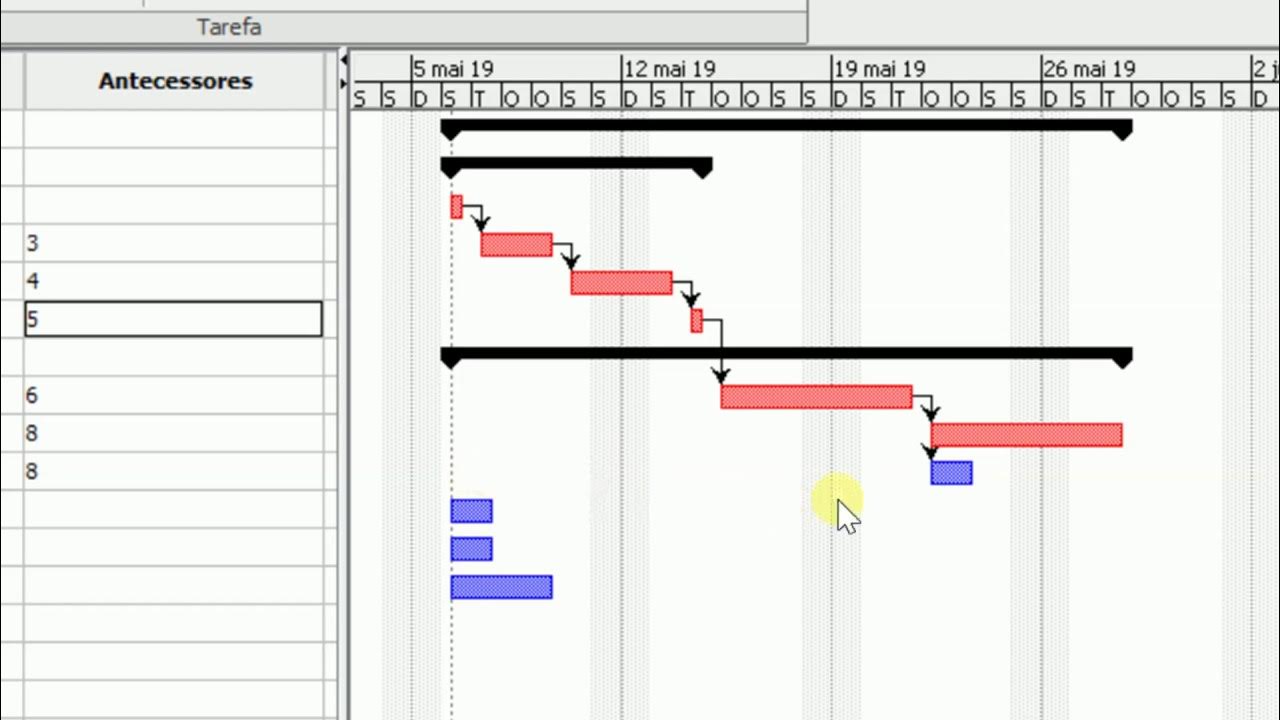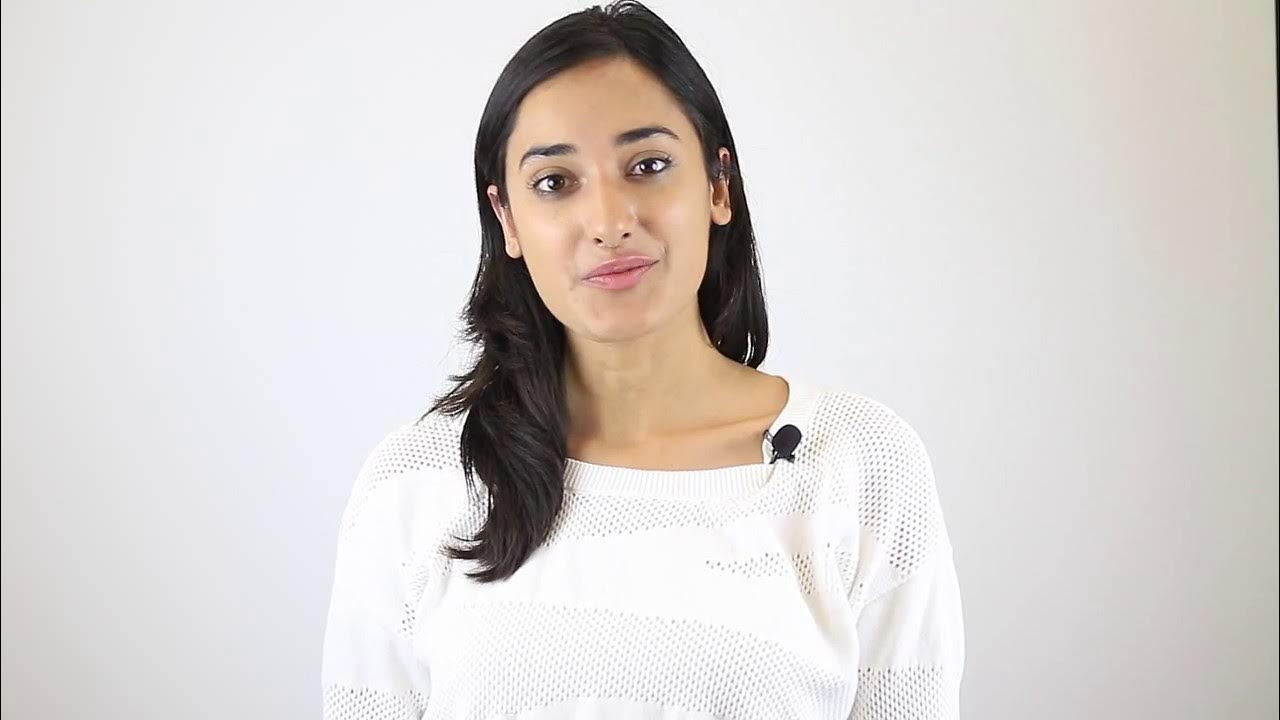Critical Chain Project Management #2/4 - Project planning the Critical Chain way
Summary
TLDRThis video introduces Critical Chain Project Management (CCPM), focusing on how it improves traditional project management by accounting for resource availability and task variability. Key strategies include removing local safeties, adjusting task durations, and leveling resources to prevent overloads. CCPM uses buffers to absorb task uncertainties, ensuring more realistic and efficient project timelines. It emphasizes upfront planning, reducing delays and increasing project stability. The methodology also extends to portfolio management, optimizing resource allocation across multiple projects. Ultimately, CCPM enables faster, more reliable project completion, even in uncertain environments.
Takeaways
- 😀 Critical Chain Project Management (CCPM) differs from traditional project management by focusing on resource availability and variability in task durations.
- 😀 The critical path (longest task duration) is important, but CCPM emphasizes the critical chain, which also accounts for resource dependencies and availability.
- 😀 A dynamic schedule is a good starting point in project planning, where no fixed dates are imposed, allowing flexibility in sequencing tasks.
- 😀 Local safety times (built-in extra time for uncertainty) should be removed to create more realistic task durations and avoid overestimations.
- 😀 Focus durations are a key concept in CCPM, which asks workers to estimate task duration based on perfect conditions (with minimal interruptions).
- 😀 The average duration and variability of tasks need to be modeled, and pessimistic estimates (worst-case scenarios) help account for uncertainty in the project.
- 😀 Reducing task durations requires either direct negotiation with project team members or a more structured approach to gather focused, realistic estimates.
- 😀 Resources should be leveled to avoid over-allocating individuals to multiple tasks at once, ensuring that tasks are sequenced logically and realistically.
- 😀 Once durations and resources are leveled, the critical chain is identified, which will dictate the project’s overall timeline and success.
- 😀 Buffers are inserted in critical chain scheduling to absorb variability from individual tasks and maintain project stability, including project and feeding buffers.
- 😀 CCPM requires initial investment in time to properly plan projects, which can be challenging for teams used to less rigorous scheduling due to concerns over time spent on planning.
- 😀 While CCPM is often seen as a way to speed up projects, its real value lies in its ability to produce more robust and realistic schedules, increasing the probability of completing on time or early.
- 😀 In portfolio management, CCPM helps identify resource constraints and manage the flow of multiple projects through the system, ensuring balanced workloads across resources.
Q & A
What is the key difference between the critical path and the critical chain in project management?
-The critical path is the longest sequence of tasks based solely on task durations. The critical chain, however, also considers resource availability and task dependencies, offering a more realistic and efficient project schedule.
Why does Critical Chain Project Management (CCPM) recommend reducing task durations?
-CCPM suggests reducing task durations to eliminate local safety margins, which are extra time buffers often added to tasks. By asking team members to estimate durations based on ideal conditions, CCPM aims to make task durations more realistic and efficient.
What are focus durations, and why are they important in CCPM?
-Focus durations are estimates of how long a task would take under perfect conditions with no interruptions. They are important because they provide a more realistic estimate than traditional durations, which often include unnecessary safety margins.
How does CCPM handle resource availability and task dependencies?
-CCPM levels the resources, ensuring that no single resource is overloaded with tasks. It takes into account both resource availability and task dependencies to create a more accurate project schedule.
What are the different types of buffers in CCPM, and what purpose do they serve?
-CCPM uses three types of buffers: project buffers (to absorb delays in the critical chain), feeding buffers (to protect the critical chain from delays in non-critical tasks), and resource buffers (to ensure critical resources are not delayed). These buffers help maintain flexibility and absorb uncertainties in the project.
What is the benefit of inserting a project buffer in CCPM?
-The project buffer is added at the end of the critical chain to absorb any delays or variabilities. This ensures that even if individual tasks take longer than expected, the project can still be completed on time.
How does CCPM ensure that non-critical tasks do not affect the critical chain?
-CCPM uses feeding buffers before non-critical tasks to ensure that any delays in these tasks do not affect the critical chain. These buffers allow non-critical tasks to be completed without disrupting the overall project timeline.
Why is it important to level resources in CCPM?
-Leveling resources ensures that no resource is overburdened with tasks at the same time. By sequencing tasks in a way that resources are not multitasking, CCPM prevents bottlenecks and improves the efficiency of resource usage.
How does CCPM help increase project speed and robustness?
-CCPM speeds up projects by shortening task durations (removing excessive safety margins) and optimizing resource use. It also increases robustness by using buffers to account for uncertainty, ensuring the project stays on track even when delays occur.
How can CCPM be applied to manage a portfolio of multiple projects?
-In a portfolio of projects, CCPM helps by identifying the capacity constraints within the organization and staggering project launches according to resource availability. This ensures a smooth flow of projects through the system, preventing resource overload and ensuring timely project completion.
Outlines

This section is available to paid users only. Please upgrade to access this part.
Upgrade NowMindmap

This section is available to paid users only. Please upgrade to access this part.
Upgrade NowKeywords

This section is available to paid users only. Please upgrade to access this part.
Upgrade NowHighlights

This section is available to paid users only. Please upgrade to access this part.
Upgrade NowTranscripts

This section is available to paid users only. Please upgrade to access this part.
Upgrade NowBrowse More Related Video

Critical Chain Project Management (CCPM): Method, Scheduling & Example - AIMS Education

Tools and Techniques of Project Management

NuNet Work Packages and Project Management

7 Important Project Management Methodologies You Need To MASTER

ProjectLibre (Aula 01): Instalação e Criação de um Projeto Básico

Resource Planning in Project Management — Episode 20
5.0 / 5 (0 votes)